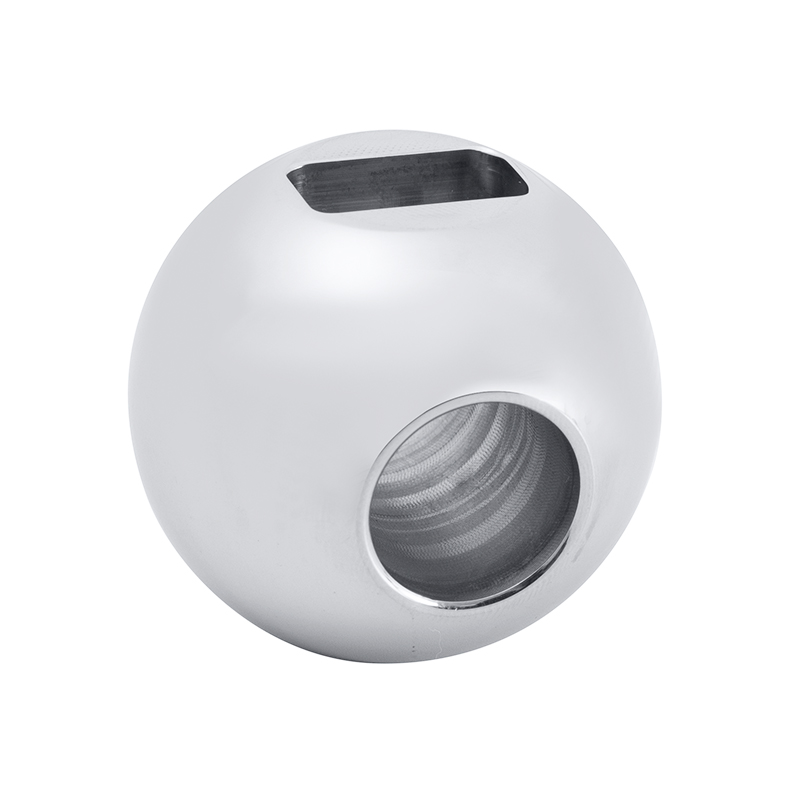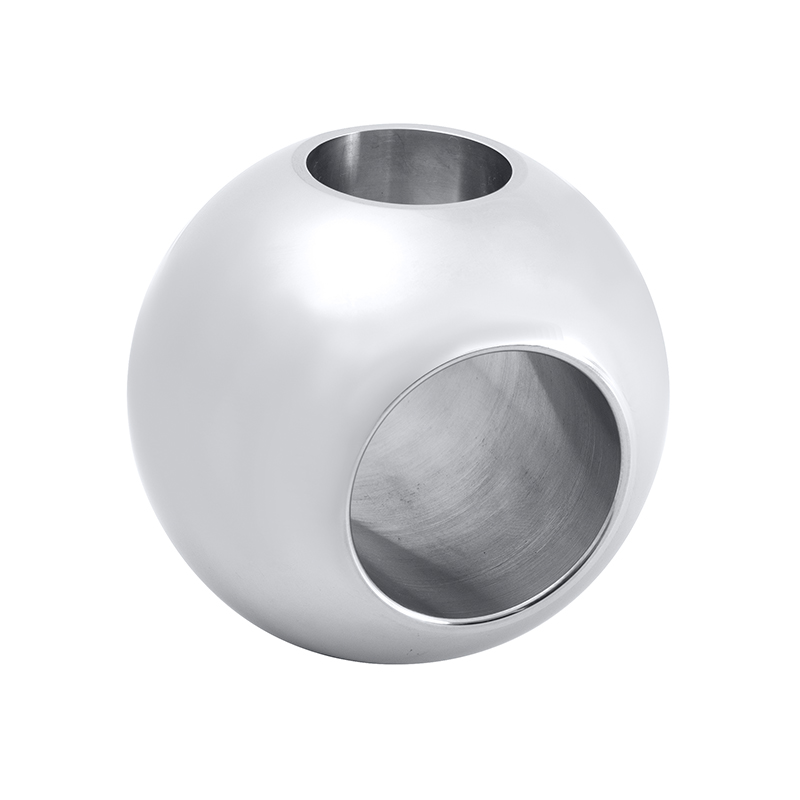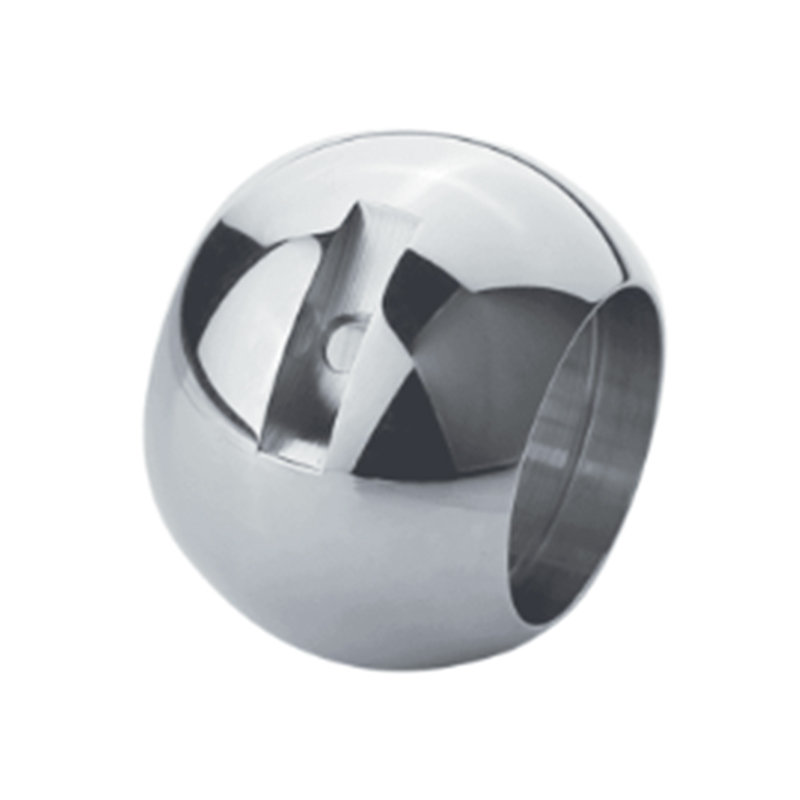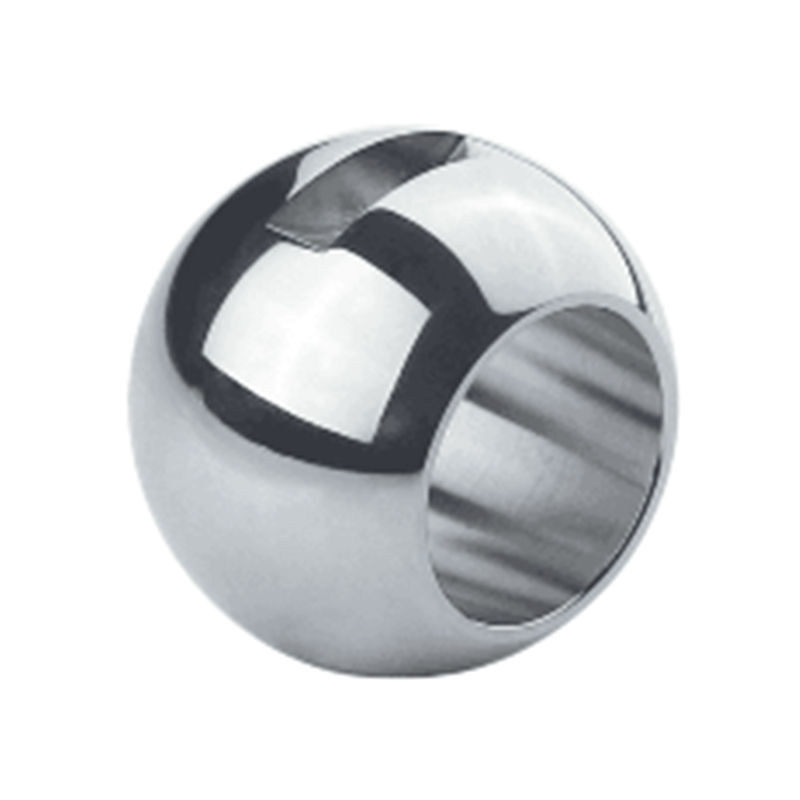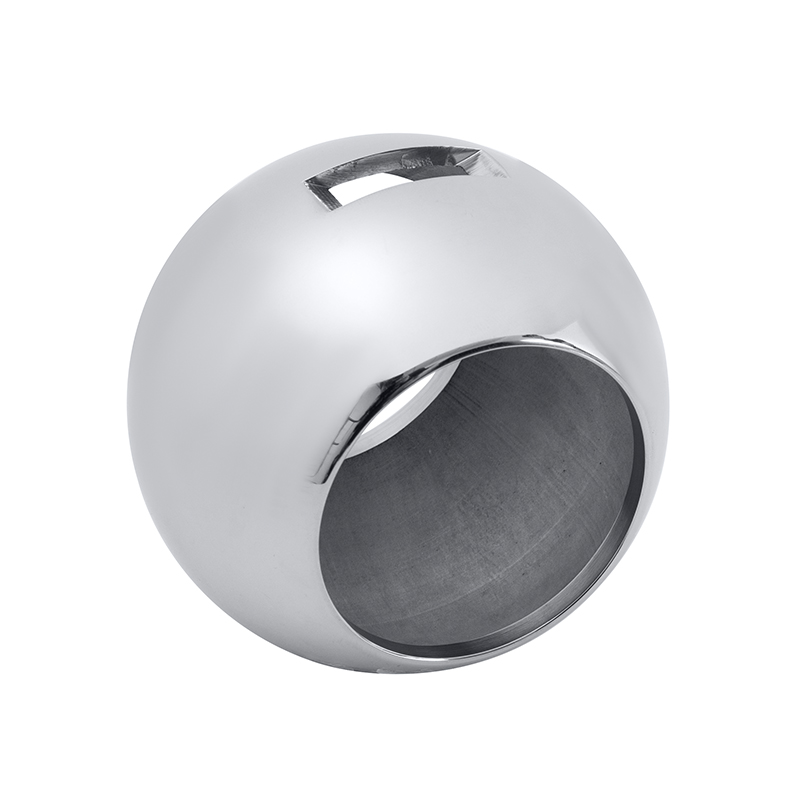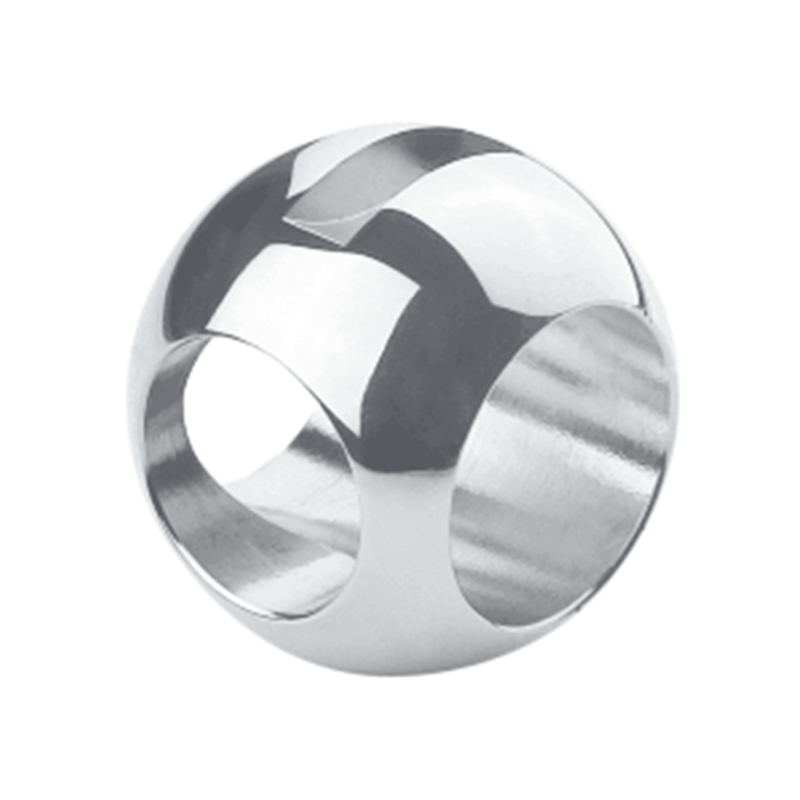The valve ball industry has experienced significant transformation due to advancements in automation technology. Assembly lines for valve balls—such as high temp ball valves, brass forged ball valves, and 3 way ball valves—are increasingly adopting automated systems to improve efficiency, consistency, and safety. This article explores current automation trends in valve ball assembly lines and how they impact production quality and operational workflows.

Increasing Complexity and Demand for Precision
Valve balls are critical components in fluid control systems, and their performance depends heavily on precise manufacturing and assembly. High temp ball valves, designed to operate under elevated temperatures, require materials and assembly techniques that withstand thermal stress without compromising sealing or durability. Similarly, brass forged ball valves involve complex forging and machining processes to ensure strength and corrosion resistance, while 3 way ball valves demand accurate assembly to allow directional flow control among multiple pipelines.
These varying requirements have pushed manufacturers to adopt more advanced automation to maintain quality standards while meeting growing production demands.
Automation Integration in Valve Ball Assembly
One of the primary trends in valve ball assembly is the integration of robotic arms and automated handling systems. These systems are used to perform repetitive and precise tasks such as part loading, alignment, and torque application. For instance, in the assembly of high temp ball valves, automated stations handle the insertion of seals and seats, which must fit tightly to endure thermal expansion. By automating these steps, manufacturers reduce human error and improve consistency across batches.
In brass forged ball valve production, robots often handle the heavy, dense components with precise positioning to ensure exact machining and assembly. Automated quality inspection systems using machine vision are also employed to check for surface defects or dimensional deviations early in the process.
For 3 way ball valves, which involve multiple ports and more complex internal geometries, automation ensures that the valve balls are accurately oriented and securely fastened. Assembly lines with programmable logic controllers (PLCs) can adjust the process parameters dynamically, accommodating different valve configurations without manual intervention.
Benefits of Automation in Valve Ball Production
Automation in valve ball assembly lines offers several tangible benefits. One notable advantage is improved throughput. Automated systems operate continuously and at consistent speeds, enabling manufacturers to increase output without proportional increases in labor costs. This efficiency is particularly beneficial for high temp ball valves, which often require longer production cycles due to specialized materials and testing procedures.
Another benefit is enhanced quality control. Automated inspection tools can detect microscopic flaws that might be missed by human operators. In brass forged ball valves, where durability is critical, early detection of defects prevents costly failures during operation. Automated data collection during assembly also allows for traceability and better process optimization.
Safety is also improved on automated assembly lines. Handling heavy brass components or hot parts in high temp ball valve production can pose risks to workers. Automation reduces direct human contact with hazardous materials or processes, creating a safer working environment.
Emerging Technologies and Future Directions
Looking ahead, several emerging technologies are expected to further shape valve ball assembly automation. Artificial intelligence (AI) and machine learning are being integrated into inspection and process control systems, allowing predictive maintenance and adaptive quality assurance. For example, AI algorithms can analyze sensor data from 3 way ball valve assembly lines to predict tool wear or potential assembly errors before they occur.
Collaborative robots, or cobots, are also gaining traction. Unlike traditional industrial robots, cobots work alongside human operators, enhancing flexibility in mixed-production environments. This is particularly useful for smaller production runs or custom configurations of brass forged ball valves, where human expertise is still essential.
Additionally, the use of augmented reality (AR) for training and maintenance is growing. AR systems can guide operators through complex assembly steps or troubleshooting procedures, supporting the automation infrastructure and reducing downtime.
Challenges and Considerations
While automation brings many advantages, challenges remain. The initial investment in robotic equipment, sensors, and control software can be substantial. Integration with existing manufacturing systems requires careful planning to avoid disruptions.
Material variability also poses challenges, especially for brass forged ball valves, where raw material properties can affect machining behavior. Automation systems must be designed to handle these variations without compromising quality.
Lastly, as valve ball designs evolve to meet more demanding applications, assembly lines must remain flexible. Configurable automation platforms that can switch between different valve types—such as high temp ball valves and 3 way ball valves—are essential to maintain competitiveness.
Automation is reshaping valve ball assembly lines by enhancing efficiency, quality, and safety. For valve types including high temp ball valves, brass forged ball valves, and 3 way ball valves, the adoption of robotic handling, advanced inspection, and intelligent control systems supports modern manufacturing demands. Though challenges in investment and flexibility exist, ongoing technological innovations promise to expand the role of automation in producing valve balls that meet increasingly stringent industrial requirements.

 English
English Español
Español Deutsch
Deutsch
